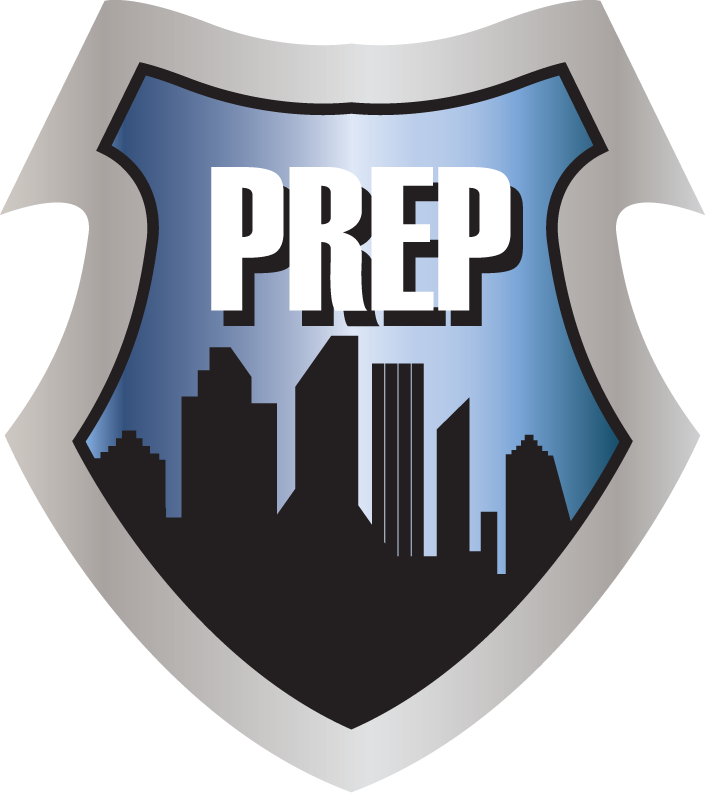Categories of Water
Category 1 – Category 1 water originates from a sanitary water source and does not pose substantial risk from dermal, ingestion, or inhalation exposure. Examples of Category 1 sources include, but are not limited to: tub or sink overflows; broken water supply lines; melting ice or snow; falling rainwater; broken toilet tanks, and toilet bowls that do not contain contaminants or additives. However, once clean water leaves the exit point, it may not remain clean once it contacts other surfaces or materials.
The cleanliness of Category 1 water may deteriorate to Category 2 or 3 for many reasons, including but not limited to: contact with building materials, systems and contents: mixing with soil and other contaminants. Some factors influence the potential organic and inorganic load in a structure include the age and the history of the structure (e.g., nursing home, hospital, day care, warehouse) and elapsed time or elevated temperature. Odors can indicate that Category 1 water has deteriorated.
Category 2 – Category 2 water contains significant contamination and has the potential to cause discomfort or sickness if contacted or consumed by humans. Category 2 water can contain potentially unsafe levels of microorganisms or nutrients for microorganisms, as well as other organic or inorganic matter (chemical or biological). Examples of Category 2 water can include, but are not limited to: discharge from dishwashers or washing machines: overflows from toilet bowls on the room side of the trap with some urine but no feces; seepage due to hydrostatic pressure; broken aquariums and punctured water beds.
The cleanliness of Category 2 water can deteriorate for many reasons, including but not limited to: contact with building materials, systems and contents; mixing with soils and other contaminants. Some factors that influence the potential organic or inorganic load in a structure include the age and history of the structure, previous water losses, general housekeeping, the type of structure, and elapsed time or elevated temperature.
Category 3 – Category 3 water is grossly contaminated and can contain pathogenic, toxigenic or other harmful agents. Examples of Category 3 water can include, but are not limited to: sewage; toilet backflows that originate from beyond the toilet trap regardless of visible content or color; all forms of flooding from seawater; ground surface water and rising water from rivers or streams, and other contaminated water entering or affecting the indoor environment, such as wind-driven rain from hurricanes, tropical storms, or other weather-related events. Such water sources may carry silt, organic matter, pesticides, heavy metals, regulated materials or toxic organic substances.





